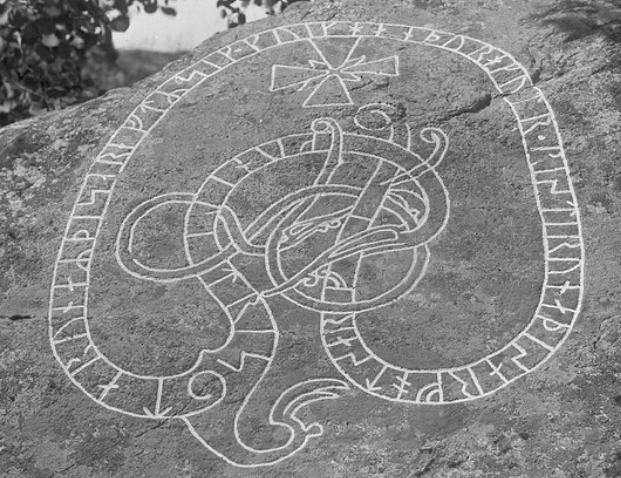A project on a short overview of some morphological features of Old English
When I first began studying Old English and was asked to do a Modern English translation of an Anglo-Saxon metric charm, I quickly began to realize that the features of the words I was trying to translate were nothing like Modern English. I had found this interesting little website that someone had put together that was a website for translating around 5,100 Old English words into Modern English with explanations as to the declensions and inflections and that was when it dawned on me that to do a proper translation I was going to have to do what I always do, as a multilingual speaker: filter everything through the Romance languages and then into the Modern English. This experience was what captured my interest in Old English. This was not English, this was another language apart that after having yielded procession to one of the most spoken languages in the world, was being left to collect dust in the annals of history, its books filed behind those of Latin and Ancient Greek, in darkness. Being naturally inclined towards exotic seeming languages, I took interest in this one for its absolute unrecognizable roots and nouns and inflections. It simply was just too weird for me to walk away and not know more. Of course, Old English is not some alien language that people know nothing about. It is a human language, after all. It has just changed so much in the last two millennia in ways that one does not see in Latin and the languages which came thereafter. I mention all of this because it stood out to me so much how much I have been able to teach myself of Old English just by being able to speak and know the grammar of Spanish and French more so than by English. This is not about lacking proficiency in English. What it is about and what has brought me here is the richness and vibrance of the English language of before— particularly in terms of the rich morphology which has failed to survive into Modern English. If only more academics and students and regular people knew what they were missing out on, more people might do what I did and ask their teachers to teach them anything they know at all of this beautiful relic from Britannia.
Alina Fernanda Picayo
Spring 2020
Comments have been turned off for this Page (see Home for information on Comments).
Edit/Delete this Page from Dashboard > Pages



